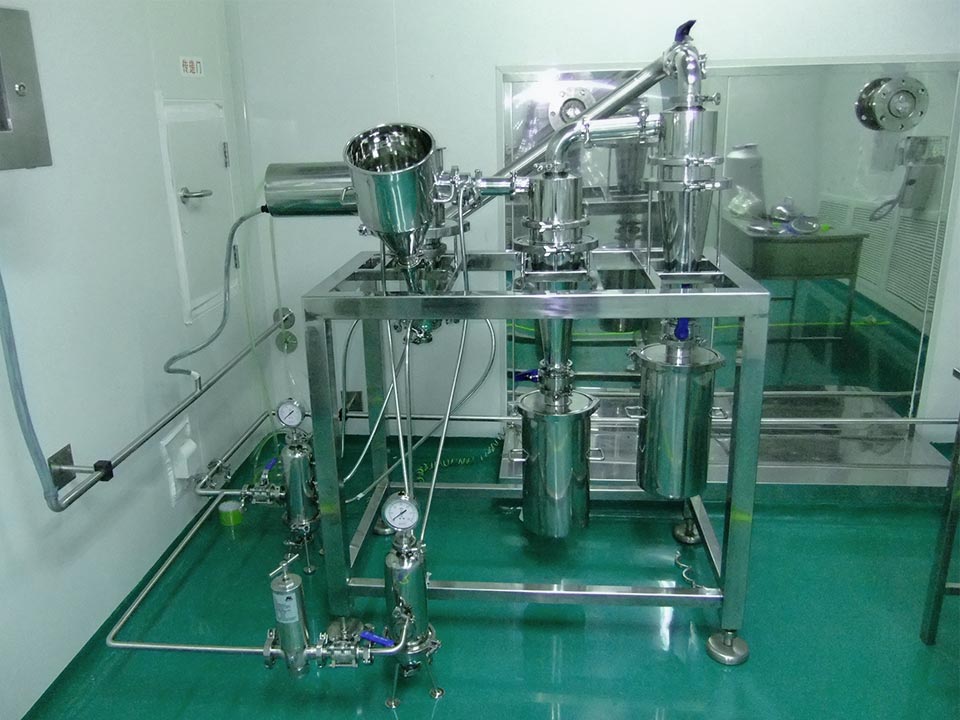Laboratory ultra-fine jet mill is more suitable for processing high value-added materials
The laboratory ultra-fine jet mill has the characteristics of small size, convenient operation, high crushing precision and stable performance. Although the laboratory ultrafine jet mill can be used for dry pulverization of a variety of materials, it is more suitable for high value-added materials in view of its relatively high cost and required energy consumption.

So, what materials are the laboratory ultrafine jet mills suitable for? Let us first talk about the advantages of the laboratory ultrafine jet mill.
1. The jet mill is where the materials collide with each other for crushing, and the products are free of iron pollution and can completely reach the food safety level.
2. It does not need to be washed with water or water, and it is produced completely by dry method, and the fine powder with better particle size distribution can be obtained after one-time production.
3. The stable and complete classification flow field and special sealing measures reliably prevent the leakage of coarse particles, with a narrow particle size distribution and no large particles.
4. The jet pulverizing classifier has a variable combined structure: one machine has two functions, which can be smashed and classified separately.
5. Wear-resistant treatments are used for the parts that are easy to wear, which greatly reduces the wear of the equipment and prolongs the service life. Automatic control, low noise, no dust pollution.
The laboratory ultrafine jet mill is more suitable for the following materials:
1. Battery materials: lithium cobalt oxide, cobalt oxide, lithium manganese oxide, manganese dioxide, lithium nickel cobalt oxide, lithium nickel manganese oxide, lithium carbonate, lithium iron phosphate, ternary materials, natural graphite, artificial graphite, pitch rock, Lithium hydroxide, cobalt tetroxide, ferrous oxalate, iron phosphate, carbon powder, etc.
2. High hardness materials: silicon carbide, various corundum, boron carbide, alumina, zirconia, garnet, zircon sand, diamond, etc.
3. Non-metallic minerals: quartz, graphite, kaolin, calcium carbide, mica, barite, mullite, medical stone, wollastonite, talc, pyrophyllite, etc.
4. Chemical industry: aluminum hydroxide, catalysts, various dyes, epoxy resins, various additives, etc.
5. Other materials: ceramic materials, refractory materials, electronic materials, magnetic materials, rare earth materials, phosphors, copy material powder, etc.
